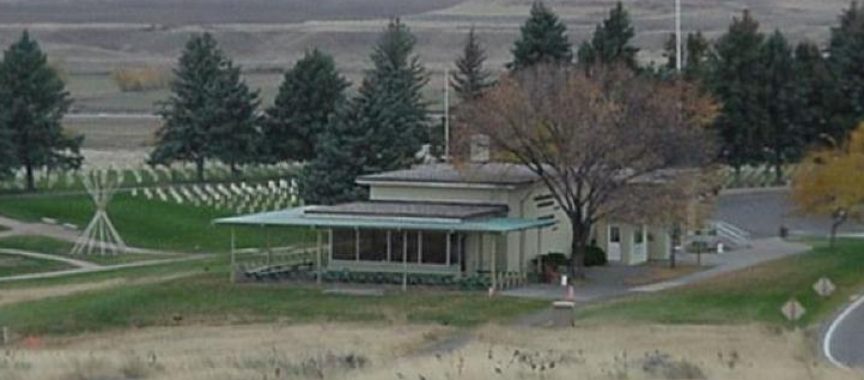Hardin, MT 59034
With the western expansion came the white man. The Sioux, of what is now South Dakota, refused to give up their land to the white man for the ensuing gold rush in to the Black Hills. This expansion interfered with the “Indians patterns of land use. With the white man or any other Indian tribe moving in, the game would be killed and families would starve.” Survival was the reason that they fought so hard to preserve their lifestyle and their use of the land.
George Armstrong Custer, who had a reputation for doing as he pleased, received information that Indians were camped on the Little Bighorn. On June 25, 1876, without authorization from his superior officer, Custer led his men into an ambush which killed more than 250 men and Custer himself. It was a crucial engagement as it was the last major Indian victory in North America.
This site has a museum and historic interpretations of this battle.
Custer’s Last Stand Reenactment is just part of a week of festivities in Hardin, Montana. From the 1876 Grand Ball to the Trial of Custer and the Reenactment itself, visitors can revel in sights and sounds from the past during Little Bighorn Days, The Battle of the Little Bighorn and the legends that surround it have woven themselves into the very fabric of life in eastern Montana.
The Battle of the Little Bighorn reenactment at Hardin, Montana during the fourth weekend in June.
Last modified: June 16, 2021





